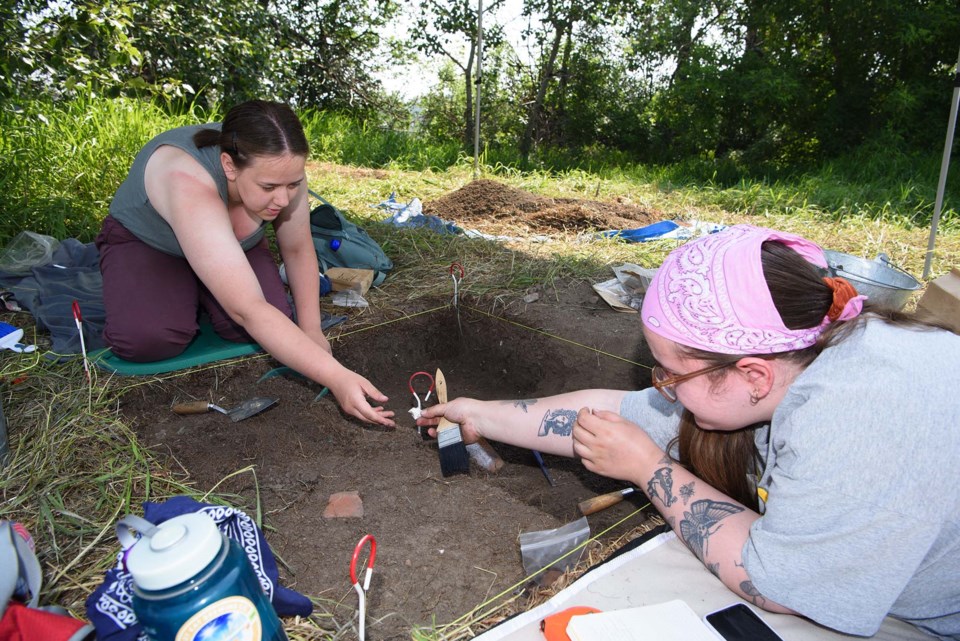St. Albert residents can celebrate Métis history next week by digging into trash — and the past — with a U of A anthropologist.
Métis Week runs from Nov. 13 to 19 this year in Alberta. The week celebrates Métis heritage, history, and culture in Canada, and corresponds with the anniversary of the death of Métis leader Louis Riel on Nov. 16, 1885.
As usual, members of St. Albert’s Métis community and Mayor Cathy Heron will celebrate Métis Week with a flag raising at St. Albert Place at 2 p.m. Nov. 16, said Archie Arcand, president of the St. Albert Métis Local No. 1904. After some prayers and speeches, guests will head inside for some food and traditional Métis fiddling and jigging.
This year’s Métis Week follows on the historic election of the Otipemisiwak Métis government, the members of which were sworn in on Oct. 17. The body is meant to interact with Canada’s other levels of government on Métis-related issues in Alberta.
“It’ll actually be a government,” Arcand said, and it will give the Métis more control over health, education, and justice issues.
Trash talk
University of Alberta anthropologist Kisha Supernant will kick off Métis Week on Nov. 13 with a free talk on the results of the 2023 Indigenous Archeology Field School held last May and June near the St. Albert grain elevators. Supernant and her team will discuss initial findings from the excavation and give guests an up-close look at some of the artifacts recovered.
The field school, which Supernant supervised, saw about 16 undergraduate students dig up artifacts from River Lots 23 and 24 to learn the basics of archeology. These areas were once home to the Cunningham family (for whom Cunningham Road is named) and hosted Métis and First Nations peoples long before St. Albert existed.
Supernant said the students uncovered thousands of artifacts during their investigation, including bits of bone, beads, and a cow’s skull. The biggest item by far was a roughly 11-kilogram (25-pound) chunk of ceramic that appears to be some sort of tank or sink — hence the title of her talk, “Everything and the Kitchen Sink.”
“It’s one of the biggest things I’ve ever found in an archeological dig,” Supernant said, and it even has a manufacturer’s mark on it.
Supernant said the dig site was apparently used as a dump by the Cunninghams and perhaps a nearby butcher/slaughterhouse, the latter of which may have been the source of the sink.
“Archeology has the power to show the material history of families,” Supernant said, and the everyday occurrences that aren’t typically added to written records.
Students recovered a medicine bottle that was made in Paris from the site, for example, which tells us about historic trade routes and (potentially) what illnesses were in this region, Supernant explained. This particular site was also very recent, dating back to the 1920s to 1940s, and could provide insight into a time when many Métis families were not celebrating their heritage.
While the excavation sites have been reburied, Supernant said there were still plenty more artifacts buried in them, and hoped to do more studies in this region later. She encouraged anyone with an interest in history, archeology, or the Métis to come out to this talk.
Supernant’s talk runs from 7 to 8 p.m. Nov. 13 at the Arden Theatre. Visit artsandheritage.ca for details.




